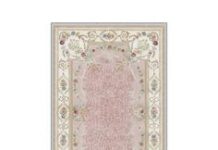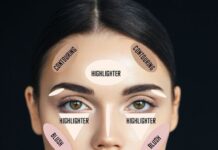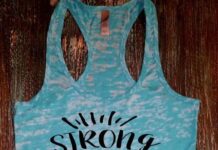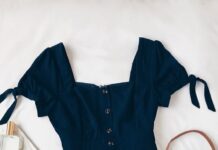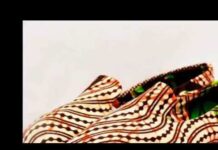For centuries individuals or societies have used clothes and other body adornment as a form of nonverbal communication to indicate occupation, rank, gender, sexual availability, locality, class, wealth and group affiliation. Fashion is a form of free speech. It not only embraces clothing, but also accessories. What we wear and how and when we wear it, provides others with a shorthand to subtly read the surface of a social situation.
How we perceive the beauty or ugliness of our bodies is dependant on cultural attitudes to physiognomy. In many cultures, those defining fashion are the cultural icons. This is why newspapers and magazines report on what celebrities and even politicians are wearing.
Examining who is wearing what through print media dates as far back as to even the 1700s. People pored over fashion magazines to see the latest styles. Women and dressmakers outside the French court relied on sketches to see what was going on. The famous French King Louis XIV said that fashion is a mirror. Louis himself was renowned for his style, which tended towards extravagant laces and velvets.
We are constantly being bombarded with new fashion ideas from music, videos, books, and television. Movies also have a big impact on what people wear.
Sociologists believe group affiliation is our prime concern with regard to fashion. As long as some group similarity is identified within the group, our personal fashion whether current or dated can belong to any tribe. It is the sense of belonging marked by how we fashion ourselves that gives us the tribal connection.
At the same time, we as human beings desire differentiation. People are often socially and economically labeled by their clothing or fashion. In history, the Edwardians were socially stratified into those who wore tailor made clothing down to those who wore other people’s cast offs. The poor simply looked poor, because their raiment betrayed them. The rich and nouveau riche displayed their wealth through an iconography of signs and symbols that enhanced their body image in the eyes of those that saw themselves as socially inferior.
Today, the purchase of fashionable clothes, fabrics, or accessories becomes a visual currency and can speak to one’s status. People are so aware of the fact that others make judgments about them through their clothes and accessories that many run up huge debts to appear to belong to a particular lifestyle. Only individuals with a strong sense of self-identity stick their necks out and admit to wearing items that others might consider dubious or passé.
In reality, there are many reasons we wear what we wear.
* Protection from cold, rain and snow: mountain climbers wear high-tech outerwear to avoid frostbite and over-exposure.
* Physical attraction: many styles are worn to inspire “chemistry.”
* Emotions: we dress “up” when we’re happy and “down” when we’re upset.
* Religious expression: Orthodox Jewish men wear long black suits and Islamic women cover every part of their body except their eyes.
* Identification and tradition: judges wear robes, people in the military wear uniforms, brides wear long white dresses.
The fact is, fashion is big business. More people are involved in the buying, selling and production of clothing than any other business in the world. Everyday, millions of workers design, sew, glue, dye, and transport clothing to stores. Ads on buses, billboards and magazines give us ideas about what to wear, consciously, or subconsciously. Choosing what we wear may be more complex in nature to ourselves than we imagined, ask yourself – why determines your fashion?
Source by Cory Davis


